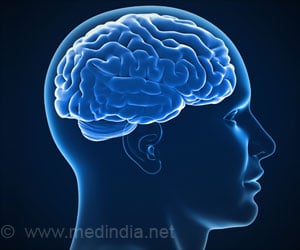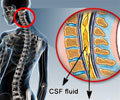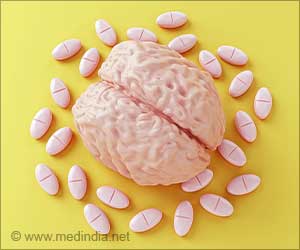Machine learning is revolutionizing the classification of functional neurological disorder (FND) by analyzing complex brain patterns with high precision.

Machine learning classification of functional neurological disorder using structural brain MRI features
Go to source).
What is Functional Neurological Disorder
In this study, we investigated whether structural brain MRI has potential to be a clinically useful tool for diagnosing FND. Individuals with FND, a common, costly and potentially disabling condition at the intersection of neurology and psychiatry, can experience physical symptoms such as abnormal movements, limb weakness and/or convulsions.‘#Machinelearning algorithms are now capable of classifying functional #neurologicaldisorder (FND) by analyzing distinct brain patterns. This advanced classification technology offers a promising approach to differentiating #FND from other #neurological and #psychiatric conditions.’





We trained a machine learning algorithm to learn what the brains of patients with FND look like compared to healthy subjects or participants with psychiatric disorders (e.g., mood and anxiety conditions) that do not have FND, and then tested whether the algorithm could use this information to predict whether someone had FND. Our findings point out the importance of both brain structure and function in the biological basis of FND.
Furthermore, the algorithm showed proof-of-concept potential in distinguishing individuals with FND, which is a first step in investigating the possibility to use structural brain MRI to assist in the diagnosis of FND.
We sought to investigate whether supervised machine learning, trained on structural brain MRI features, could be used to predict whether individuals had a diagnosis of functional neurological disorder (FND).
This question was motivated by a lack of clinical translatability from past studies investigating grey matter differences in FND, because they have for the most part relied on univariate, group-level analyses, and have reported heterogeneous findings.
Advertisement
We successfully classified participants with mixed FND against healthy control participants at rates significantly above-chance, and classification performance became even more robust when focusing on a functional motor disorder subtype.
Advertisement
These findings emphasize the need to consider brain structure alongside functional neurocircuitry in the pathophysiology of FND and establish proof-of-concept for structural brain MRI as a potential adjunctive diagnostic tool in FND. Next steps involve out-of-sample replications and multi-site classification efforts to establish the generalizability of these findings, as well as exploring the possibility of data-driven subgroupings in larger-scale data.
Reference:
- Machine learning classification of functional neurological disorder using structural brain MRI features - (https://jnnp.bmj.com/content/early/2024/07/20/jnnp-2024-333499)
Source-Eurekalert















